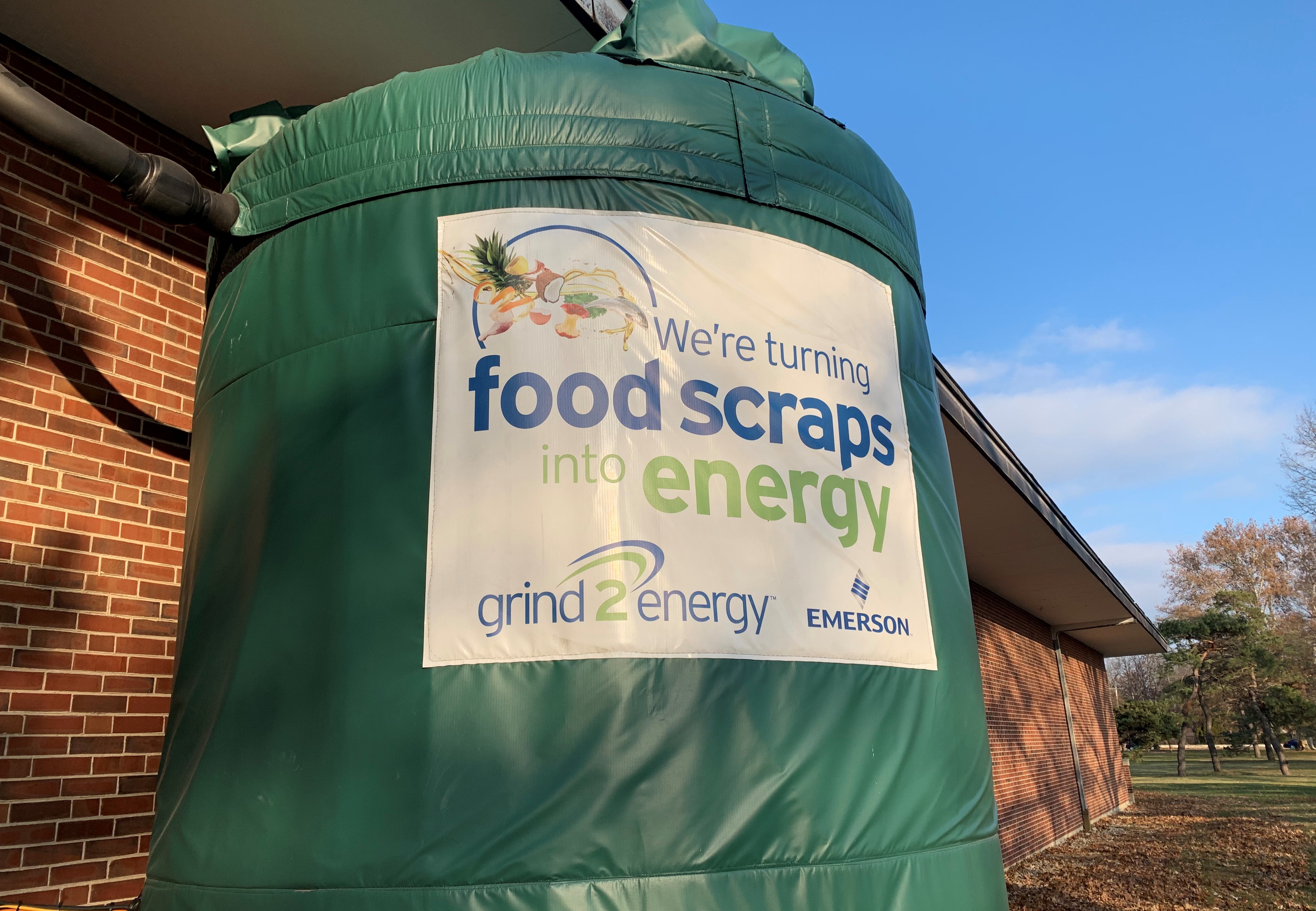Design Team results for Uni High
I would like to thank you for the wonderful opportunity. I would also like to thank everyone who attended and gave their encouraging and insightful inputs. It was a rewarding experience to present and get positive feedback.
Peter and I, would love to keep working and participating in this process since we are here on campus for another two years. It would be really nice if you would involve us. Excited about that!
Also, I am attaching the PowerPoint presentation for reference and further use.
Thanks once again, and I hope everyone stays safe and healthy.
Warm regards,
Prajakta Gharpure

 Grind2Energy: Turning Campus Food Waste into Fuel
Grind2Energy: Turning Campus Food Waste into Fuel